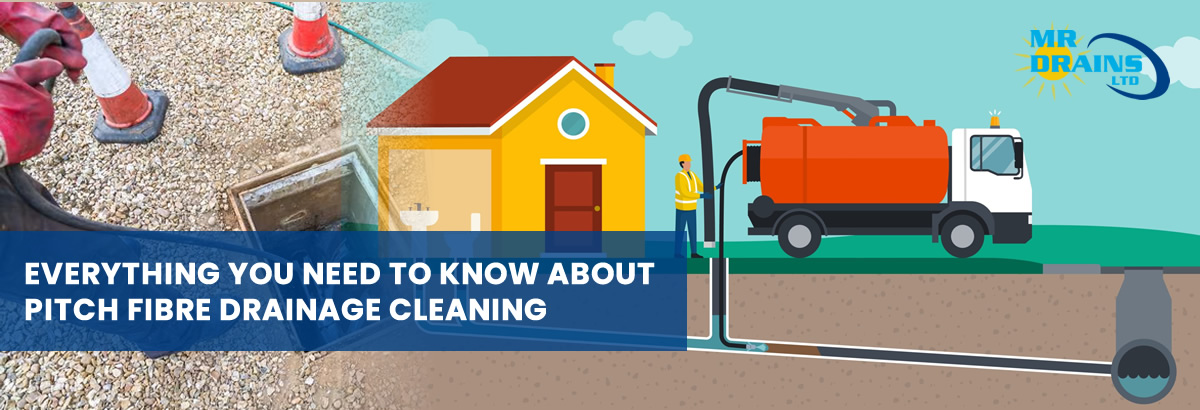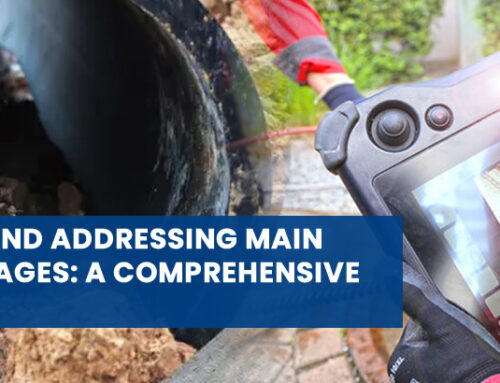What are Pitch Fibre drain pipes?
Pitch fibre initially appeared in the 1890s in the region of Canada and the United States. They were, nevertheless, more popular from the 1950s until the 1970s. At the time, repairing the damage was the main priority. Pitch fibre was offered as a less expensive and more dependable alternative to traditional clay pipes. And the majority of the new pipes were made of plastic. The pitch fibre pipes, on the other hand, were built of wood cellulose mixed with unreactive coal tar.
The only issue throughout their manufacture was that asbestos was regularly added to the mixture for enhanced strength. Asbestos is harmless as long as it is out of reach of live creatures and safely buried. One of the biggest disadvantages of pitch fibre is that it is susceptible to breaking.
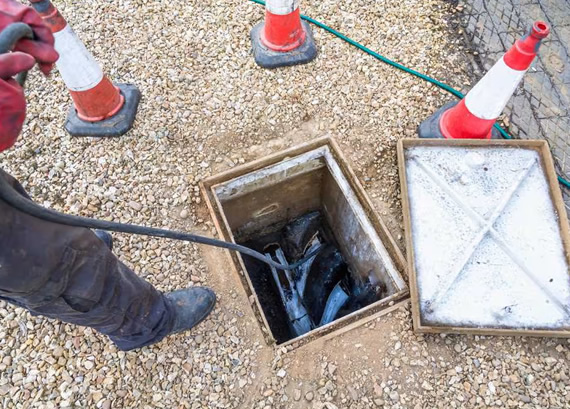
Is there any problem with pitch fibre drain?
Pitch fibre as a sewage system performs effectively for discharging regular wastewater, as envisaged in the 1940s. However, it is believed that they have a maximum life expectancy of 40 years. This indicates that even the final pipes laid in the 1970s are outliving their expected lifespan.
And, since the 1970s, lifestyles have changed considerably, and pipes have been subjected to bigger volumes of hot water, fat, lubricants, and grease than could have been imagined in the 1940s.
Should all pitch fibre lines be repaired?
Tar can be softened by fats, oils, grease, and frequent discharge of hot water, which can also cause deformations. Buried pipes start to break down when a fabric is eroded, and if the problem is not fixed, they will eventually collapse.
In order to prevent further damage, pitch fibre drains that are bent or bellied must always be repaired, preferably without excavation.
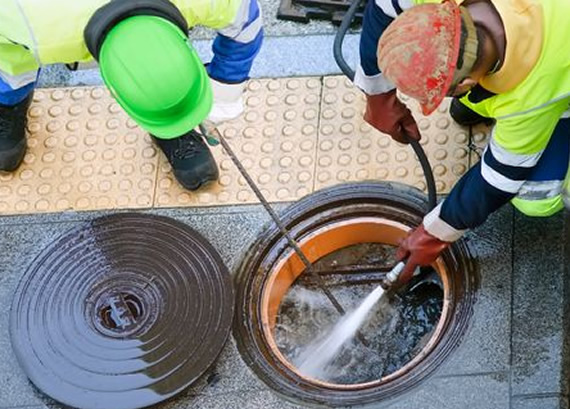
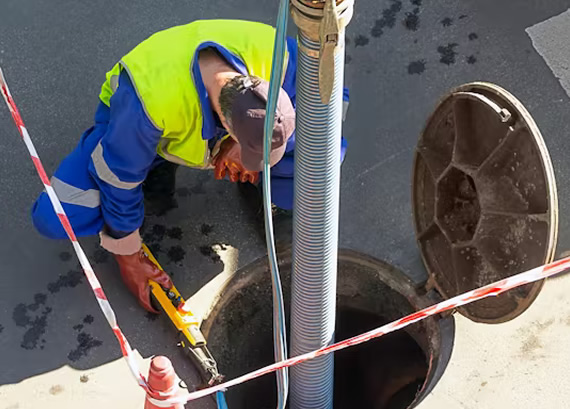
What should I do if I find pitch fibre drainage pipes on my property?
If you have pitch fibre drainage pipes on your property and notice evidence of leaking or damage, perform a CCTV drain survey on the pipework. Once the problem has been detected, there are two attempted methods of action, depending on several parameters.
- Similar to many damaged or broken pipework, the pipeline can be excavated and replaced with a new one. Although it might not be the greatest choice for a drainage pipe with minor damage, this is the only choice for broken pipes.
- An alternative solution for your drainage issues is a no-dig repair. We incorporate a polyester liner with epoxy, insert it into the drain pipe, line it up, and then wait for it to harden. In less than a day, the entire project is completed on-site.
- If this strategy is ineffective, we can also think about patch lining, in which a crack or defect is covered with a patch. In other cases, if a pipeline has more significant damage, we might think about using Brawoliner.
It is crucial to remember that due to the presence of asbestos, pitch fibre pipes should only be managed by professionals. Whether you choose to replace or repair them, they understand how to handle them.
Get in touch
We are specialists in replacing or repairing pitch fibre pipes. So if you are determined to install new, heavy-duty pipes in replacement of your current pitch fibre pipes, we can undertake this project for you. We will monitor your drains first to verify that we only excavate in the appropriate spots, and our skilled crew will replace your pipes as effectively as possible.
If you are experiencing troubles with pitch fibre pipes and require free expert guidance, please contact us.


